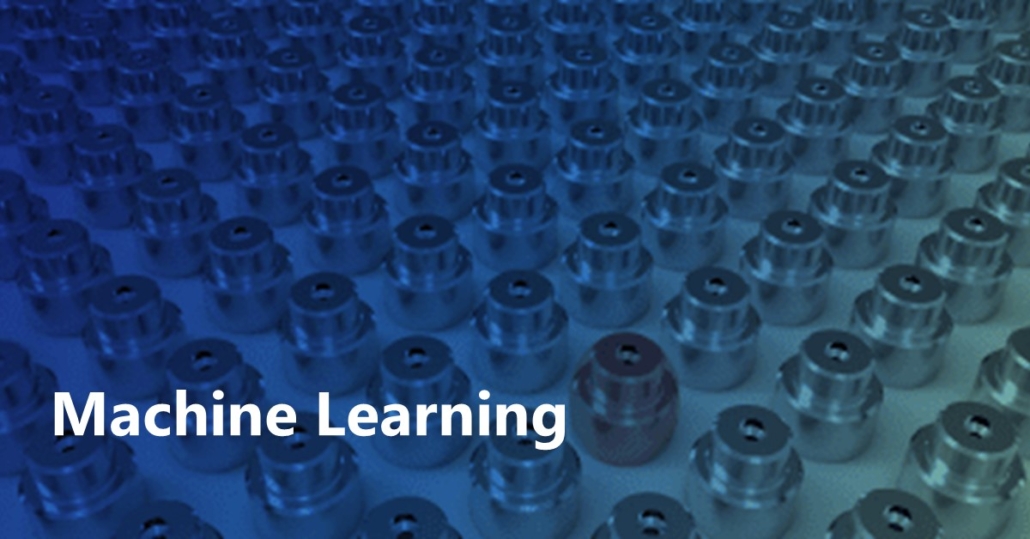Understanding Transcriptional Regulatory Redundancy by Learnable Global Subset Perturbations
Transcriptional regulation through cis-regulatory elements (CREs) is crucial for numerous biological functions, with its disruption potentially leading to various diseases. It is well-known that these CREs often exhibit redundancy, allowing them to compensate for each other in response to external disturbances, highlighting the need for methods to identify CRE sets that collaboratively regulate gene expression effectively. To address this, we introduce GRIDS, an in silico computational method that approaches the task as a global feature explanation challenge to dissect combinatorial CRE effects in two phases. First, GRIDS constructs a differentiable surrogate function to mirror the complex gene regulatory process, facilitating cross-translations in single-cell modalities. It then employs learnable perturbations within a state transition framework to offer global explanations, efficiently navigating the combinatorial feature landscape. Through comprehensive bench marks, GRIDS demonstrates superior explanatory capabilities compared to other leading methods. Moreover, GRIDS s global explanations reveal intricate regulatory redundancy across cell types and states, underscoring its potential to advance our understanding ofcellular regulation in biological research.

 Our
Our 